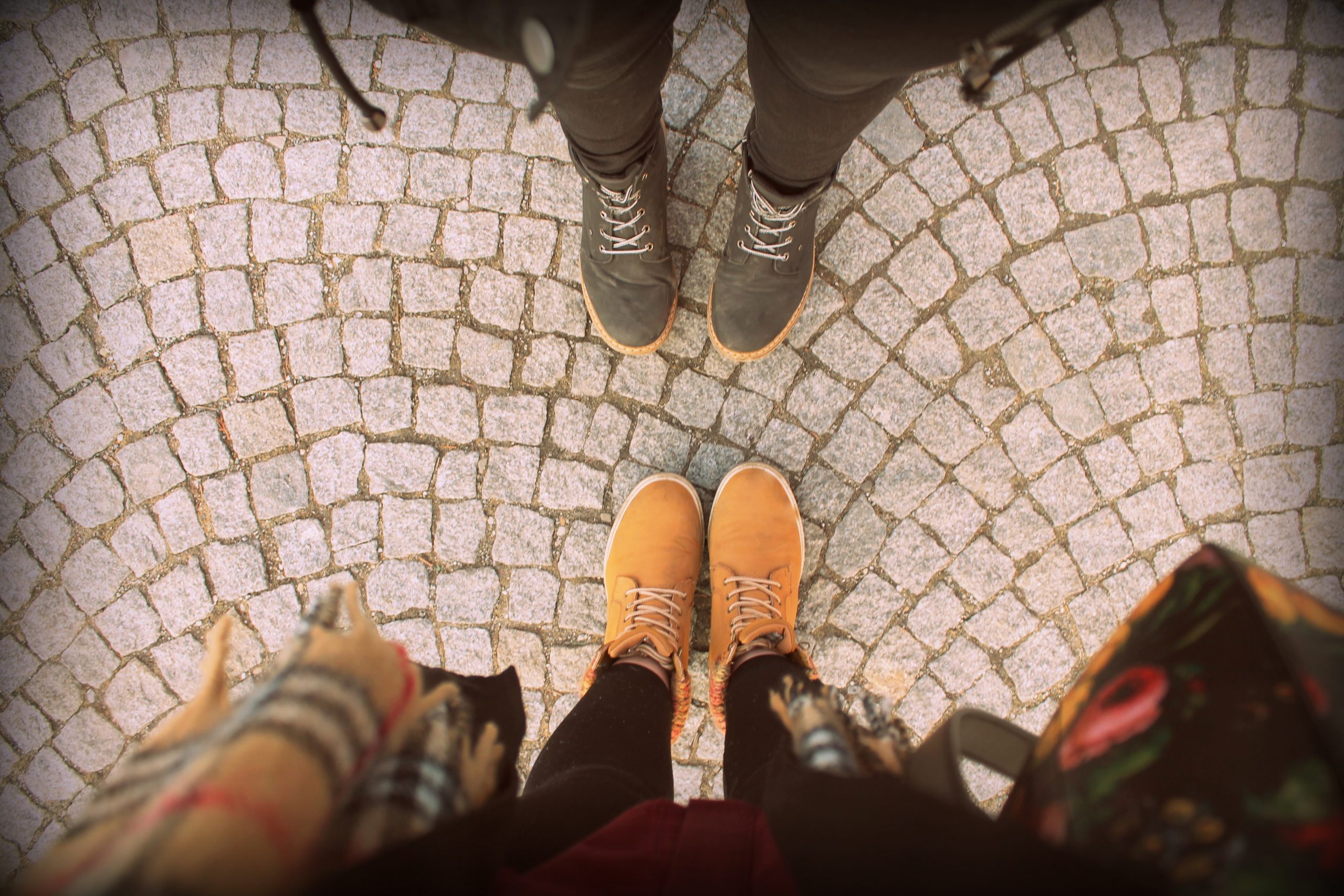A few months ago I bumped into this piece, published by Aeon, and I was stricken by the idea that shoes can be considered as a technology. And by the (different) effect that wearing a pair of sneakers or a pair of elegant shoes can have too.
But let’s go in order.
The first aspect underlined by the author, Randy Laist, is that how the world is different when you wear a pair of shoes or you are barefoot, as he writes:
“This leather planet, the world created by shoes, is different from the barefoot world: detached, abstracted, insulated. It is a world less concerned with the topography of the ground and less attentive to its objects and textures. It is ‘duller’ and less ‘sensitive’. At the same time, this artificialised condition releases me from the grip of my physical circumstances and lets me ‘transcend’ the physical world toward my own desires.”
The fact that shoes can make us detached but “transcendent” to the surrounding world at the same time immediately reminds me about a similar – and discussed – feature we have found in the Internet. It has given us the chance to be somehow everywhere, but many think that they are not “really there” and we also charge it with the guilt of making us less empathetic.
The second point that I find interesting is the importance of “shoes” (but we can say “technology” as well) in defining our identity and our choices:
“The most fundamental thing about my shoes is not the way they look or what they do, but how they affect my mobility, my freedom and, therefore, my being. They act, even if at a subconscious level, as the literal foundation for my understanding of myself, specifically as that understanding informs my sense of where I can go – what kinds of projects are within my sphere of possible futures.”
Sounds familiar, doesn’t it?
The comparison between shoes and technologies goes on spontaneously:
“The shoe, one of the oldest forms of human technology, is the prototype for all other technologies, a catch-all term for instruments and procedures that allow us to break ‘the surly bonds of earth’ and proceed into unnatural or unwelcoming environments. Vehicles such as cars, boats and rocket ships are like shoes writ large. Spacesuits, hazmat suits and vaccines are like whole-body shoes. The media of language and art can also be thought of as technologies in this sense; like shoes, they also separate us from direct experience to provide us with a new, ‘heightened’ reality. My short-lived reverie of a barefoot existence confronts me with the uncanny fact that shoes are not simply a technology that I can adopt or reject as the mood strikes me, but an artificial object my body has evolved to use.”
In this sense, this last affirmation makes me think about how we are evolving to use digital technologies and, of course, about how much we need to be aware of this evolution.
As Laist writes, we are so used to shoes – and to computers, smartphones, apps, and softwares to do a number of tasks – that probably there has always been a
“cyborg status of human reality. Estranged from the earth, we look to our shoes [and devices] to act as a connection rather than a barrier between our physical ground and our human world.”
He mentions some stories, such as Cinderella, The Wizard of Oz and The Red Shoes, a Christian Andersen’s fable, where characters are “whisked along toward their futures by the magical power of their footwear, while being disdainful, neglectful and forgetful of the shoes themselves”.
More or less as we do nowadays with technology.
By the way, some of these stories have happy ends, others no.
The lesson for us is that we should keep on using shoes and technologies, but as we have learned to wear sneakers, heels or boots according to where we intend to go, we should learn about technologies we use daily to make sure we choose and use them according to our real needs.

